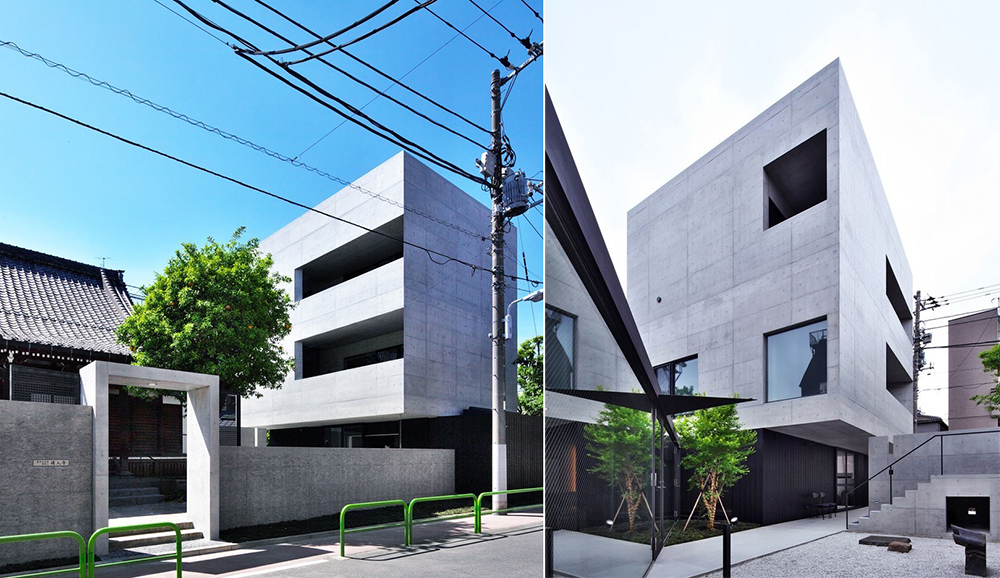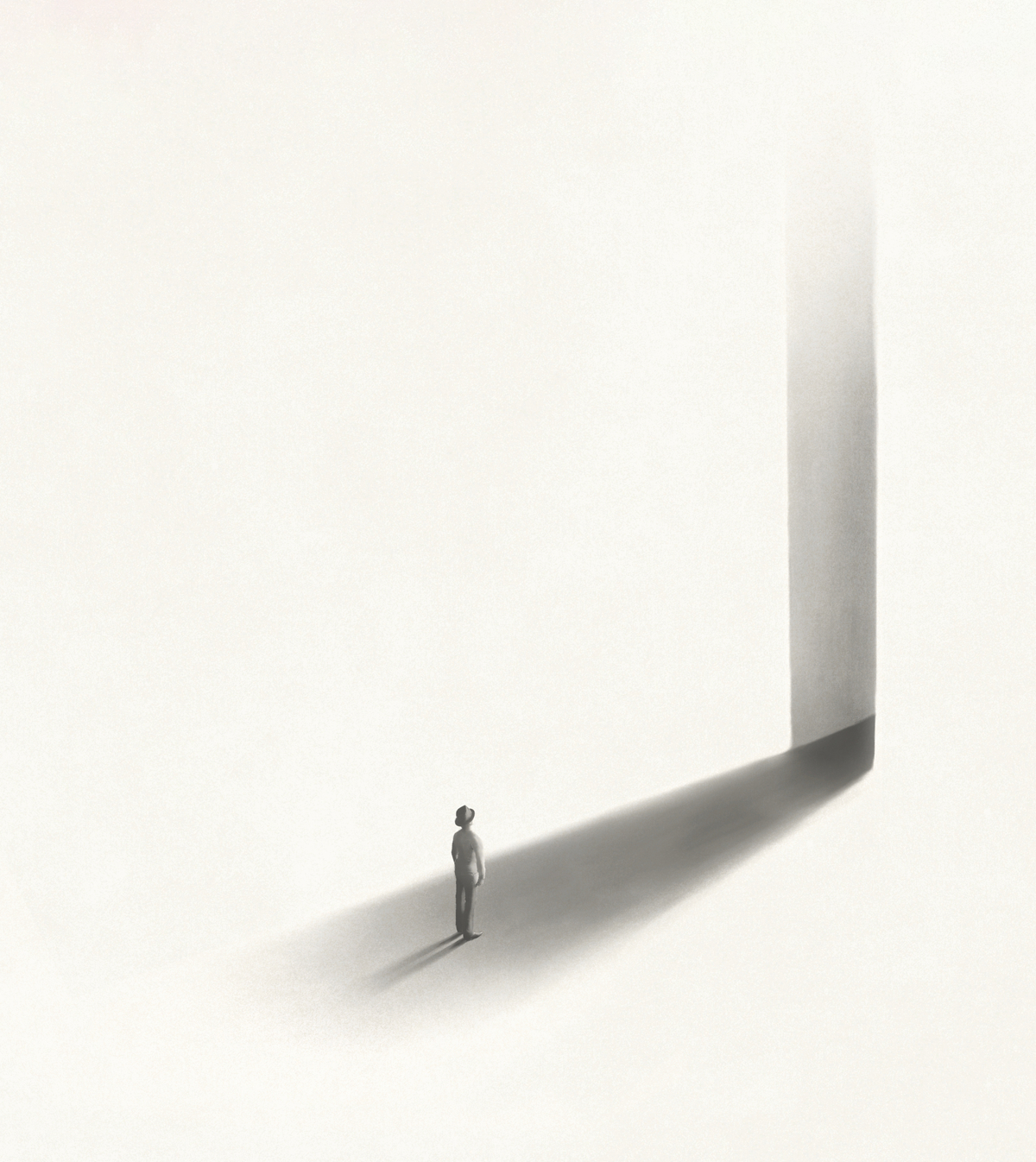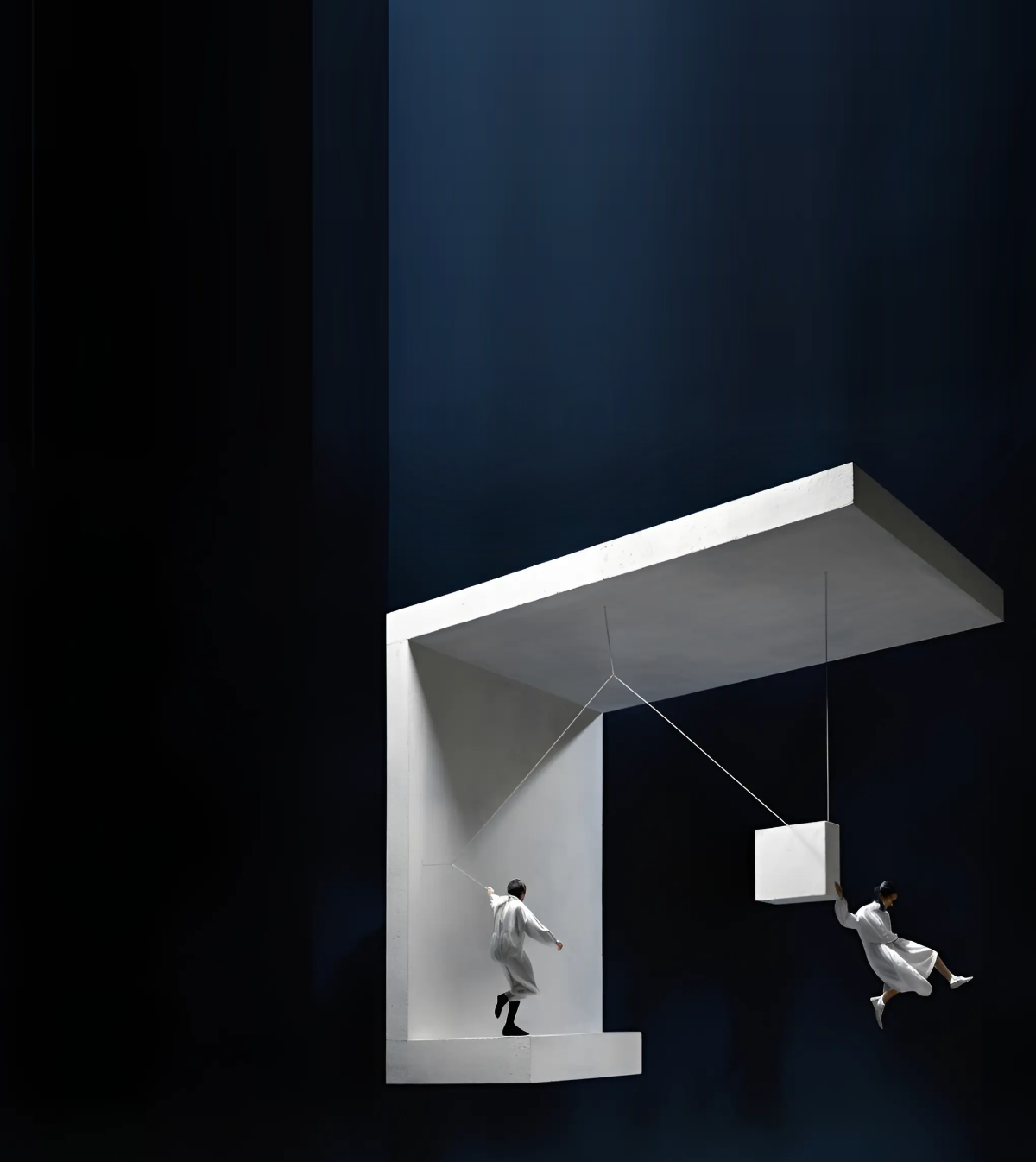Japan is a country seeped in culture and history, with a very clear architectural identity. However, a defining feature of Japan’s architectural culture is its ability to assimilate the styles and trends of others. Japanese architecture has often been typified by elevated wooden structures, tiled roofs and sliding doors. And while many of those traditions are still in place, Japan began incorporating more Western, modern and postmodern influences into its architecture as far back as the 19th century. As a leader in cutting-edge architectural design and technology, there is no steadfast rule as to what Japanese architecture should look like.
Buddhist temples in Japanese architecture
With the introduction of Buddhism to Japan in the sixth century, came with it the introduction of Buddhist temples into Japanese architecture. These large-scale temple buildings incorporated complicated techniques in wood in their design, and saw a significant influence from the Chinese T’ang and Sui Dynasties. So much so that they resulted in the creation of the country’s first permanent capital in Nara, which duplicated the checkerboard street layout of the then Chinese capital Chang’an.
However, Japanese architecture was radically changed during the Meiji Restoration in 1868, as Buddhist temples and Shinto shrines became formally separated. There was therefore a break in the association between these two styles that had existed for over a thousand years, leaving the country with a fractured architectural style.
Buddhist temples remain a central part of Japanese architecture to this day, and just recently the high-profile firm Satoru Hirota Architects redesigned a Buddhist shrine that dates back all the way to the Edo period. Giving a modern twist to the shrine, the architects added a triangular reception hall and a priest’s quarters with bare concrete walls.
Photography is by Satoru Hirota Architects
After being destroyed during air strikes in the second world war, the Tsunyuji temple was rebuilt with only the limited resources of the time. 60 years later, the Tokyo-based Satoru Hirota and his team were given the task of refurbishing it and adding in new facilities. In fact, according to Hirota, the temple could also be used as a temporary shelter in the event of a natural disaster.
This amalgamation of traditional with modern shows how the rules of Japanese architecture are not always set in stone.
Japanese architecture’s constant evolution
When Japan began its phase of Westernization in an attempt to compete with other developed countries, it was forced to change the way it developed architecture. Where previously it had comfortably imported ideas from other countries, Japan’s growing level of skill meant that its local architects began to develop their own individual style. Unique Japanese techniques were taught and those architects who studied overseas introduced the International Style of modernism to Japan.
Japan has experienced several periods of growth and decline in both its economy and its architectural style, and advances in technology are likely to change the concept of Japanese architecture even more. A new design method was recently proposed by another Tokyo-based architect, Makoto Sei Watanabe. He implemented a new form of “meta-design” for the designs of the Iidabashi underground station in Tokyo.
As a world leader in cutting edge technology, it stands to reason the Japanese architecture would embrace new techniques and styles as they are developed alongside the technology that makes them possible. With no strict, singular style, Japan continues to produce some of the most inspiring and creative designs in the world of architecture.
Be inspired!
If Japanese architecture inspires you, then check out one of our latest international architecture competitions - the International Popular Culture Laboratory in Tokyo. The competition is looking for architects and designers from all over the world to dream up ideas for a Pop Culture lab that will teach students the history and relevance of popular culture; where they can reflect on current trends and make predictions of future trends in order to prepare students for them.
Top 3 Reasons Why You Should Enter Architecture Competitions
Curious about the value of architecture competitions? Discover the transformative power they can have on your career - from igniting creativity and turning designs into reality, to gaining international recognition.
Learn more




















